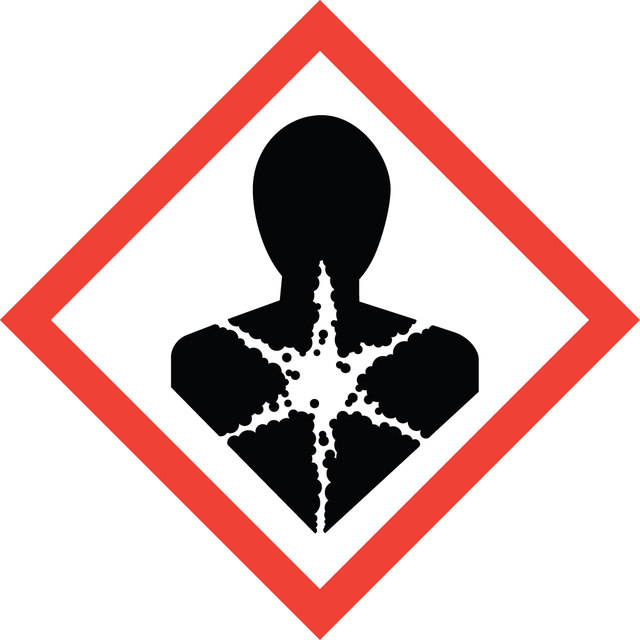Select a Size
About This Item
Product Name
Congo Red, Dye content ≥35 %
form
powder
Quality Level
composition
Dye content, ≥35%
technique(s)
titration: suitable
color
red-brown
pH
6.7 (10 g/L)
mp
>360 °C (lit.)
solubility
H2O: 1 mg/mL
application(s)
diagnostic assay manufacturing
hematology
histology
storage temp.
room temp
SMILES string
[Na+].[Na+].Nc1c(cc(c2ccccc12)S([O-])(=O)=O)\N=N\c3ccc(cc3)-c4ccc(cc4)\N=N\c5cc(c6ccccc6c5N)S([O-])(=O)=O
InChI
1S/C32H24N6O6S2.2Na/c33-31-25-7-3-1-5-23(25)29(45(39,40)41)17-27(31)37-35-21-13-9-19(10-14-21)20-11-15-22(16-12-20)36-38-28-18-30(46(42,43)44)24-6-2-4-8-26(24)32(28)34;;/h1-18H,33-34H2,(H,39,40,41)(H,42,43,44);;/q;2*+1/p-2/b37-35+,38-36+;;
InChI key
IQFVPQOLBLOTPF-HKXUKFGYSA-L
Looking for similar products? Visit Product Comparison Guide
Application
- Congo red has been used as a histochemical stain for the quantification of amyloid deposits in brain tissues.
- It has been used as a cell wall inhibiting agent in fungus Cryptococcus neoformans.
- It has also been used to study microstructural details in the cell walls of raw potato and fried potato using confocal microscopy.
Biochem/physiol Actions
Signal Word
Danger
Hazard Statements
Precautionary Statements
Hazard Classifications
Carc. 1B - Repr. 2
Storage Class Code
6.1C - Combustible acute toxic Cat.3 / toxic compounds or compounds which causing chronic effects
WGK
WGK 3
Personal Protective Equipment
Choose from one of the most recent versions:
Already Own This Product?
Find documentation for the products that you have recently purchased in the Document Library.
Which document(s) contains shelf-life or expiration date information for a given product?
If available for a given product, the recommended re-test date or the expiration date can be found on the Certificate of Analysis.
How do I get lot-specific information or a Certificate of Analysis?
The lot specific COA document can be found by entering the lot number above under the "Documents" section.
How do I find price and availability?
There are several ways to find pricing and availability for our products. Once you log onto our website, you will find the price and availability displayed on the product detail page. You can contact any of our Customer Sales and Service offices to receive a quote. USA customers: 1-800-325-3010 or view local office numbers.
What is the Department of Transportation shipping information for this product?
Transportation information can be found in Section 14 of the product's (M)SDS.To access the shipping information for this material, use the link on the product detail page for the product.
Why does the SDS for Congo Red list carcinogen as an OSHA hazard, (Section 2) but in Section 11 on carcinogenicity, it states that there is no component identified as a carcinogen?
The reason that there is not an OSHA listing for carcinogens on most of SDS that have a hazard of a carcinogen hazard is because that section of the SDS is specifically for the OSHA regulated carcinogens, also referred to as the OSHA 13. Congo red at this time is not specifically called out as a carcinogen by the other 3 Organizations listed (IARC, NTP, ACGIH) either. Congo red is listed by the European Classification Labeling & Packaging (CLP) Regulation (which is a pretty definitive guide for hazard classification), as a carcinogen. No other organizations have had the time to classify this material at this time. This is why it is only listed as a carcinogen in section 2 and in section 15.
My question is not addressed here, how can I contact Technical Service for assistance?
Ask a Scientist here.
Related Content
Our team of scientists has experience in all areas of research including Life Science, Material Science, Chemical Synthesis, Chromatography, Analytical and many others.
Contact Technical Service